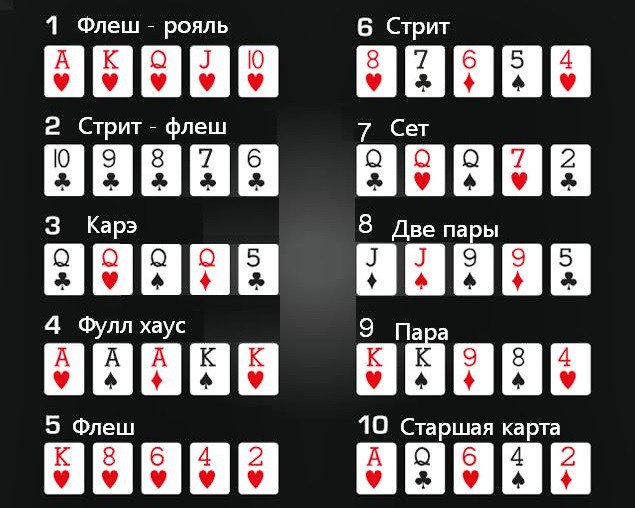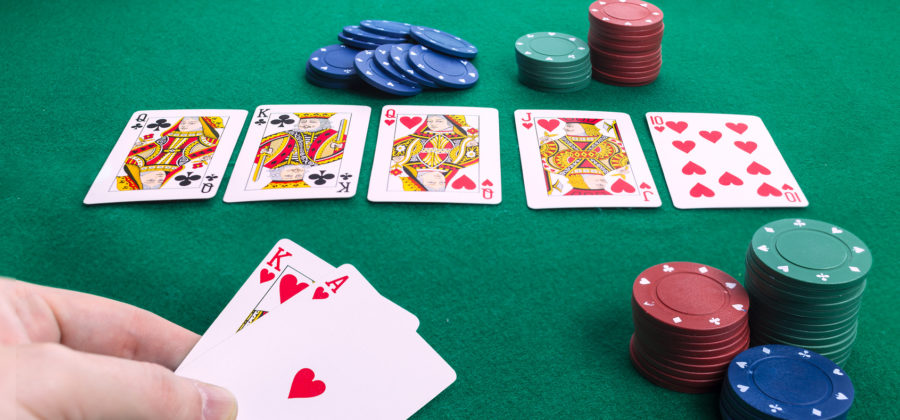Want to play your first game of poker - Hold'em rules need to be mastered first. This is the simplest poker discipline that almost every player knows. Regarding other variations, this format of the game is relatively simple and can be obeyed even by beginners. Below we look at the basic rules of Texas Hold'em and the sequence of distributions.
Number of players and organization of the process
Two to ten players can take part in a Hold'em game. At the same time, the game goes further only on condition that at least two poker players remain active at the table. The game uses a standard deck from 2 to A without jokers.
At the poker table, players always play at predetermined positions that cannot be changed during the game. Most poker players do not have a special role in the distribution, but the three poker players are different from the others:
- Player Dealer. He has a button chip. It serves as a guide for determining the positions of the big and small blinds.
- The big and small blind are players sitting to the left of the button. They are the ones who make the bets to replenish the bank in Hold'em.
The sequence of moves on each distribution street also depends on the position. Sitting and walking last (button) is always cooler, because a poker player can adjust his strategy depending on the actions of his opponents.
To start the game, the blinds place bets in the pot. After that, each party member receives two cards face down. How does the game go further? Let's consider further.
Game stages
The procedure for playing Hold'em is always standard, regardless of the poker club or poker room.
The stage when players receive two face down cards is called a preflop. Everyone can evaluate the strength of his hand and perform one of the following actions at the bidding stage:
- Discard cards with a weak hand.
- Make a bet.
- Raise the bet (a step no less than the blind).
- Skip the move (only possible if none of the opponents made a bet).
- Equalize - equalize the rate increase in order to stay in the game.
Cards go to the board already on the flop. On the table after this distribution street will be three open cards. Then there is a round of bidding with a set of the same game actions as preflop. Then the turn follows - one card goes to the board, and the river - also one. In total, five open cards will be on the board, plus two poker players will have two cards in their hands. This set is used to collect a winning combination.
Hand seniority in hold'em - image below.

Distribution streets themselves differ not only in the number of cards that go to the board, but also in the order of participation in the auction:
- Preflop, the first player to enter the auction is the player who sits next after the blinds to the left.
- On the rest of the distribution streets, the poker player who sits on the left hand of the button is the first to go.
The ability to play positions is an important feature of a poker player in Hold'em. Due to the possibility of raising, checking and various tactics, it is the player who closes the betting circle who determines the outcome of the game and the overall intensity at the table.
When poker players have passed all the streets of distribution and there is more than one player left at the table, cards on the hands are opened and the winner is determined by the strongest combination. He takes the bank.
These are the basic rules of Hold'em, and it will be much easier for you to learn the details and nuances in practice in one of the poker rooms.


